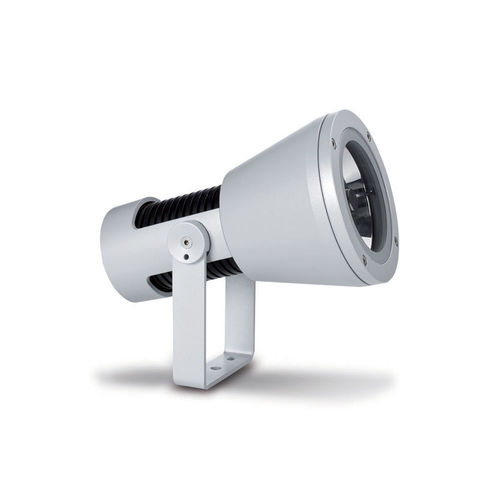
#Industry News
Temple C and the Selinunte wall Trapani, Italy
Between classic and modern: the light that illumines history
The lighting project for Temple C and the walls of Selinunte launched by an initiative of the Cantine Settesoli, in collaboration with the “Archaeological Park of Selinunte and Cave di Cusa” and the “Department of Cultural Heritage and Sicilian Identity”. Thanks to the “Settesoli Sostiene Selinunte” campaign, in fact, for each bottle sold in 2017 10 cents were donated, thus collecting an amount sufficient to light up these areas of the Archaeological Park.
From the second half of the seventh century to the end of the fifth century BC the city of Selinunte experienced a period of great economic splendour thanks to its strategic location on the sea which made it a reference point for maritime trade. The great wealth allowed a flourishing development in terms of urban planning, military and templar architecture, sculpture and funerary art. For this reason, in 2013 the site became an extensive archaeological park on the Mediterranean, an important destination for tourists and researchers.
To light up a historical heritage of this magnitude, Platek floodlights were chosen that could enhance the shapes but at the same time could give a sober and elegant presence.
The Temple C is located at the top of a little hill: the strategic position allows the structure to be admired from afar and at the same time to be surrounded by the suggestive sunset. Precisely, the goal of the lighting designer Eng. Roberto Sannasardo was to “crystallize” this moment, through a lighting which enhances the majestic architecture and at the very same time generate a “suspension effect” for those who admire it from afar.
To recreate such an atmosphere, “One Floodlight” has been pinpointed, a cube with a rigorous and geometric design capable of illuminating the structure of the temple, enhancing its grandeur.
Spring floodlights were selected for the walls, designed by Olle Lundberg and are ideal for any outdoor lighting design need. The design is strictly technical, but with captivating notes such as the double colour, which identifies and defines the various elements. The product was installed both on ground and on a pole: in the first case to provide lighting from below which enhances the architecture grandeur, in the second to provide diffused lighting which would outline shapes and volumes.











